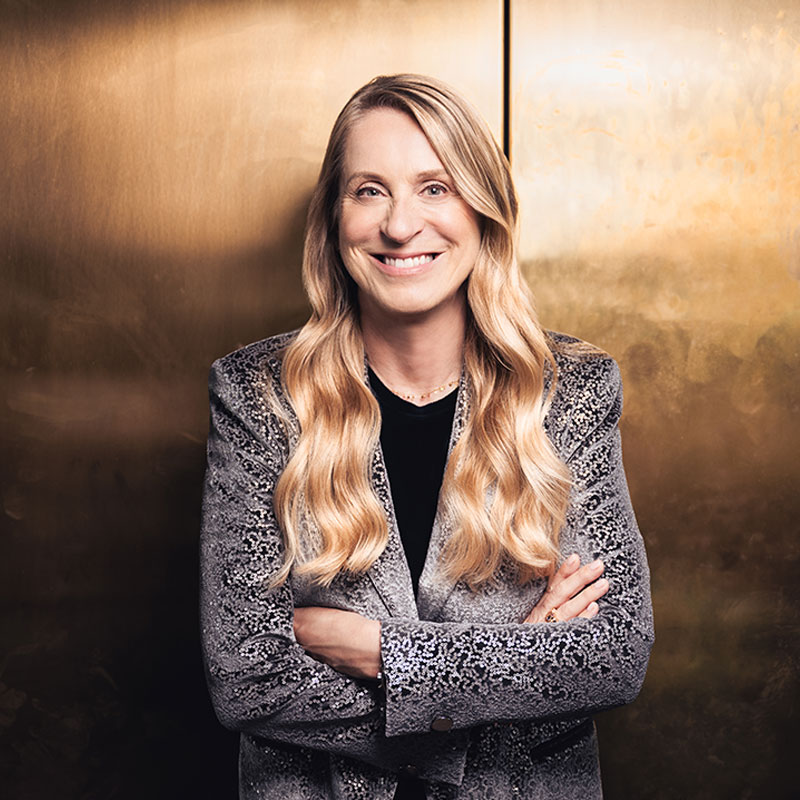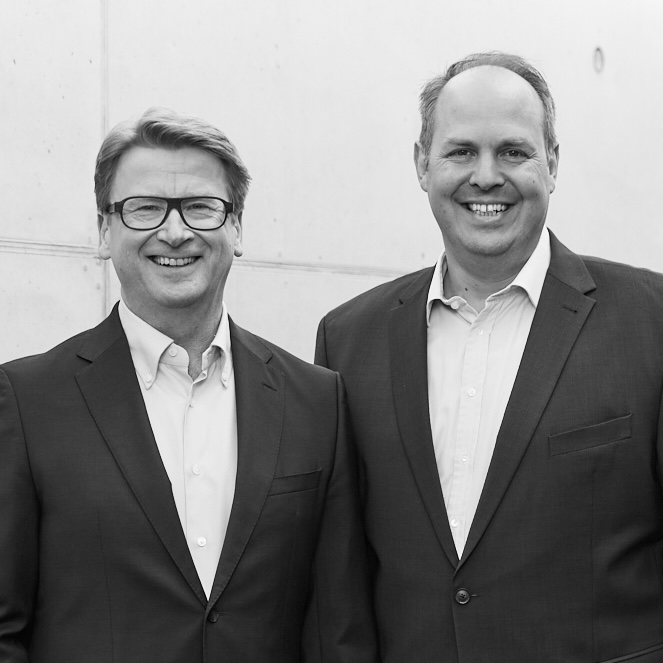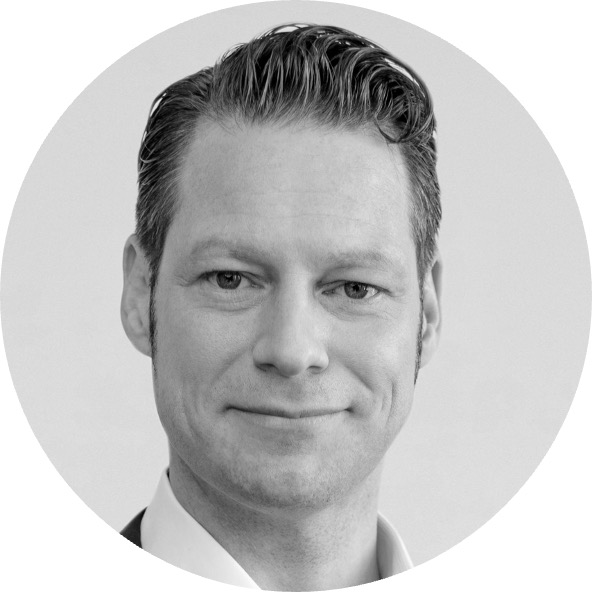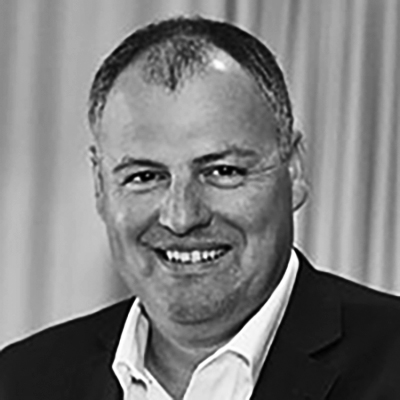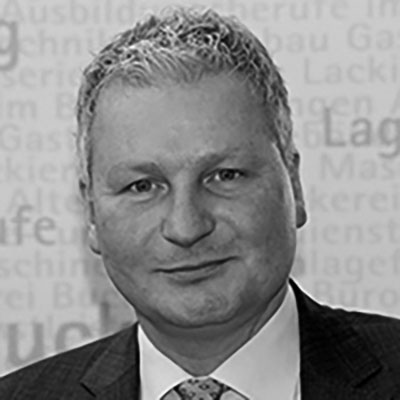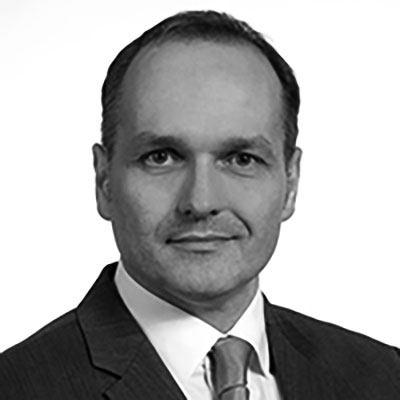Design elements and intervention levels of a transformation
The entire transformation process is designed according to the organization’s current situation and its goals and needs. It is then supported and facilitated by aergon and usually includes the following elements:
Situation analysis
We start by analyzing the status quo, the goals and the needs of your organization. Design elements of choice:
- Interviews
- Appraisals
- Employee questionnaires
Vision and values
Your leadership team will develop an inspiring new vision, articulate shared values which were previously unspoken or assumed, formulate leadership guidelines and principles of good conduct, and collaboratively plan the individual steps needed to put all this into practice. Design elements may include:
- Vision and value workshops
- Culture workshops
Leadership
Members of your leadership team will enhance their own self-management, relationship and leadership skills so as to be even more effective in their roles. Design elements may include:
- Leadership workshops
- Rollout workshops
- Train-the-trainer workshops
- Trainer manuals
- Trainee manuals
Team Development
Your leadership team will strengthen their team spirit by establishing a common language and sharing in-depth exchanges and bonding learning experiences, enhancing the feedback culture and improving the way in which conflicts are handled within the company. In addition to the workshops, aergon embeds Team development sequences as an integral part of all workshops during a transformation process. Design elements of choice:
- Team workshops (for a more content-focused approach)
- Team retreats (for a more process-focused approach)
Personal Development
In line with our philosophy that change begins on the inside, each transformation starts with the individual. Personal development is, therefore, an integral aspect of all aergon design elements. This focuses on self-reflection and examination of one’s own inner self: our values, beliefs, attitudes and identity, our sense of purpose and what makes us fulfilled. So as to gain the maximum benefit, this process is facilitated by a coach. Design element of choice:
- Coaching
Overview of an exemplary transformation program

Following the initial situation analysis (based on interviews and employee questionnaires), a program of multi-level workshops forms the core component of all culture transformations.
We start the process by developing a shared vision and formulating shared values (Vision and values) which will provide inspiration and a sense of direction for the years to come. We then hold team workshops (Team development) to assure that the leadership team is well aligned and their actions have impact going forward.
On the personal development level, we perform individual appraisals to identify the strengths and areas for development of the existing team members.
Selected senior managers then have the opportunity to work on their development areas in coaching sessions focused on leadership impact, personal transformation and aligning their roles in the context of the overall transformation process.
In the leadership workshops that follow we lay the foundation for a successful transformation, starting on the inside with perceptions and attitudes and working to the outside, to people’s behavior.
Members of senior and middle management then gather together at a culture workshop (Vision and values) in which they reinforce their emotional and operational commitment to the shared vision and agree on their ideal of working together; this forms the basis of the new culture.
At the same time, this workshop serves as a kick-off for the rollout workshops in which the downstream management levels will begin their personal transformation journey. The content of these workshops is adapted from the initial leadership workshops. Participants are usually in mixed groups from different departments, to ensure that day-to-day business continues uninterrupted and to encourage networking and bonding across divisions.
At this point a second employee questionnaire (pulse check) provides an initial perspective on the success that the transformation process has achieved so far, and helps to identify areas for improvement.
In order to disseminate the contents of the leadership workshops to the remaining management levels and throughout the rest of the organization, we hold train-the-trainer workshops (TTT) aimed at forming a team of internal trainers. To assist these new trainers with teaching methods, process, structure and content, we collaborate with the leadership team to produce a trainer manual tailored specifically to the organization’s needs.
After concluding their training, the new team of internal trainers will then conduct leadership workshops throughout the rest of the organization. In the early stages we offer to oversee these workshops so as to maximize learning for both trainees and trainers. Trainee manuals are used to document the shared vision and key components of the workshop, and also to provide further guidance for independent learning and self-reflection.


